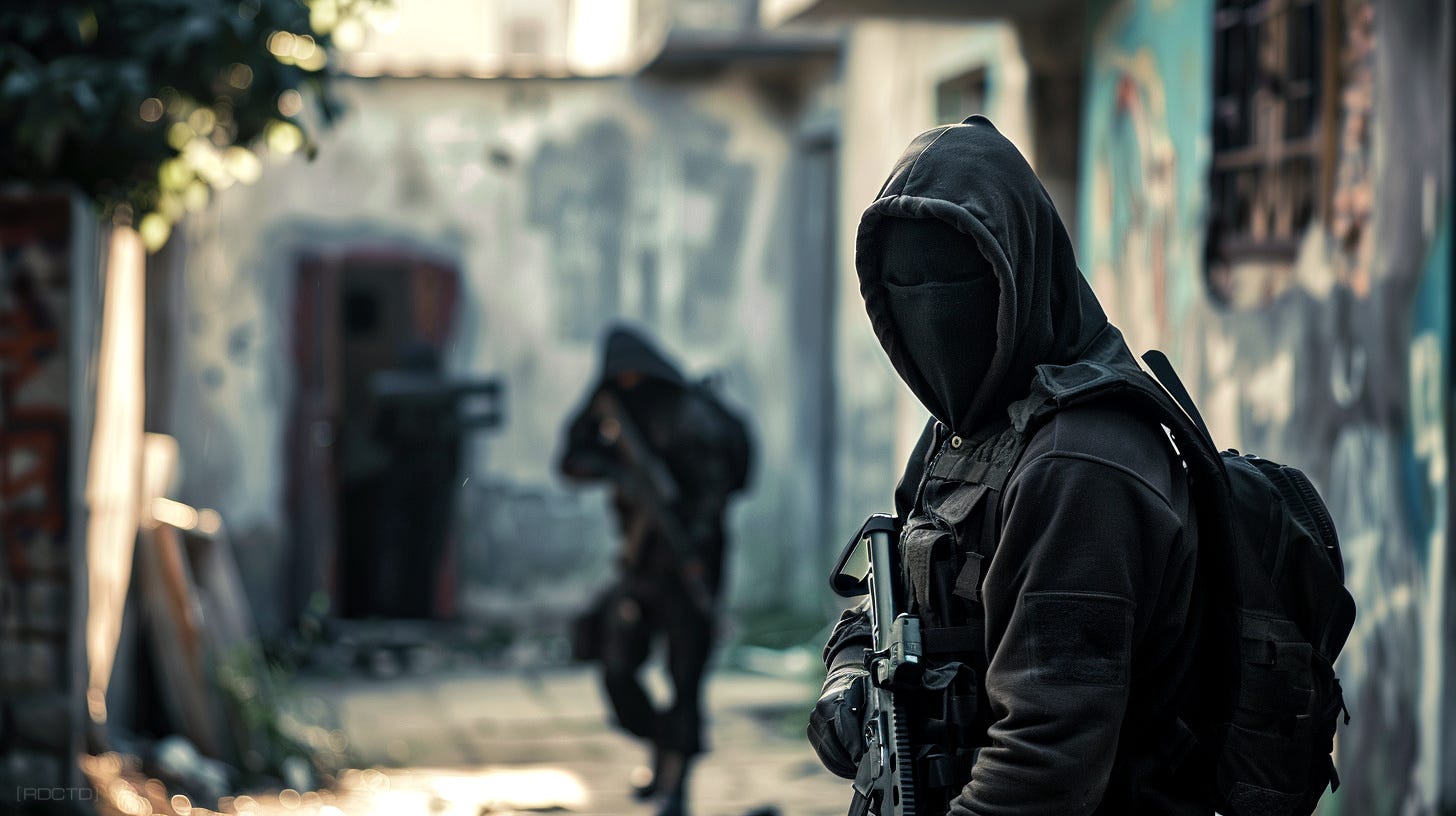Tactical Instincts Calibration
A covert operative’s guide to mastering tactical instincts through tradecraft focuses. By developing the ability to make swift, effective decisions under pressure, while maintaining agility and precise responsiveness to ever-changing operational challenges.
Tactical instincts are the cornerstone of successful covert operations. For an operative, the ability to make quick, effective decisions under intense pressure can be the deciding factor between success and failure.
These instincts are not purely innate; they must be sharpened through rigorous training, experience, and continuous refinement. Alongside tactical skills, an operative must develop self-regulation and interpersonal abilities to manage emotions and relationships in high-stress environments.
Tactical instincts involve split-second decision-making, enabling operatives to respond appropriately to unexpected situations. This ability stems from a combination of situational awareness, threat assessment, and executing trained responses under pressure. They are honed through a blend of cognitive development and muscle memory, reinforced by realistic, high-stakes training.
SITUATIONAL AWARENESS
Situational awareness forms the foundation of tactical instincts. It involves a heightened understanding of one’s environment, grasping its dynamics, and anticipating potential threats. To improve situational awareness:
• Mindfulness Training: Cultivate the ability to stay fully present. Techniques like meditation can sharpen focus and minimize distractions.
• Environmental Scanning: Systematically observe your surroundings, identifying exits, potential cover, and any unusual behavior. This should become instinctual in both urban and remote environments.
• Pattern Recognition: Hone the ability to spot irregularities in behavior or environment. This skill can be refined through exercises that train you to recognize patterns and deviations in controlled scenarios.
THREAT ASSESSMENT
Accurate threat assessment requires swiftly determining the level of risk posed by different factors in a given environment. Essential practices include:




